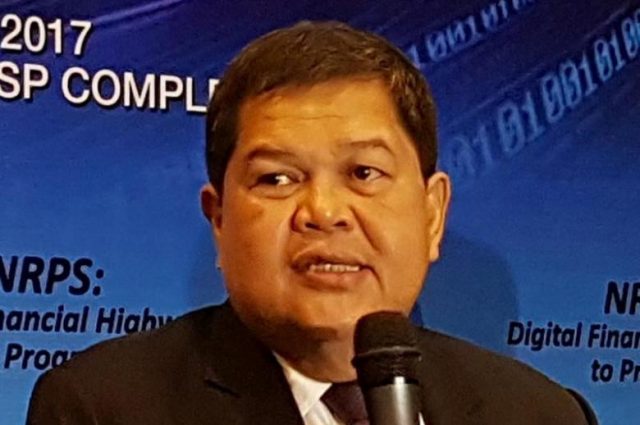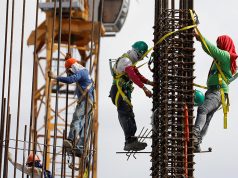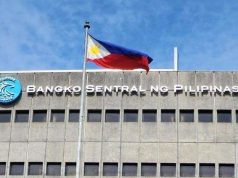MANILA – Considering only a few factors such as credit growth will not give the total picture of whether an economy is overheating or not.
This was stressed by Bangko Sentral ng Pilipinas (BSP) Governor Nestor Espenilla Jr. on Wednesday following rising concerns that the Philippine economy is starting to show signs of overheating.
In a WhatsApp message to reporters, the central bank chief said that “overheating happens when the present demands on the economy significantly exceeds its present capacity to provide.”
This is “easy to say but always hard to discern since our economy is complex, with many moving parts,” he said.
He said “the economic machine itself is constantly being improved through good investments” and is always “subjected to outside shocks” thus, “one cannot jump to a conclusion just by looking at one or two bits of information.”
Espenilla said BSP officials “have to strategically examine a whole lot of information to tell us how the overall economy is doing and, no less important, how should we respond if at all.”
He added: “I can tell you that BSP spends a lot of time understanding the economy at any given point of time, developing a dynamic game plan, and executing effectively. So the economy doesn’t overheat! And we do this systematically and regularly. Every six weeks.”
The central bank chief was referring to the regular assessment and rate-setting meet of the BSP’s policy-making Monetary Board (MB).
Espenilla said the Board had a two-stage evaluation process, Stage 1 of which involves the analytical assessment using data from the central bank’s Economic Research, Market Operations, as well as Supervision and Payments divisions.
He said the “Formal Management discussion, to firm up an evaluation and recommendation to the MB, takes about three hours.”
“But those three hours are backed up by hundreds of man-hours of focused research,”
he said.
Stage two of the rate setting meet is the MB meeting, which for this December has been set on December 13, the eighth meeting for this year.
Espenilla said the Board spends three hours for the stage 2 of the meeting proper to have an intense review of the Board’s rate decision.
“Don’t forget its (BSP’s) considerable supervisory powers over the banking and financial system to prevent imprudent and reckless behaviors in individual entities and sectors that lead to unsustainable risk build ups,” he said.
The central bank chief said these supervisory powers “grind on relentlessly.”
“As I say, it’s wrong to view the same way as 10 years ago how the financial system responds to risks and opportunities. It will be like looking at a child that never grows up or learns anything,” he pointed out.
Other measures involved “strategic long-term financial sector reforms” that cover the domestic capital markets, foreign exchange markets, payment systems, financial inclusion and literacy.
These measures, he said, are “all aimed at making our overall financial system function efficiently, resiliently, and responsibly.”
“BSP is very focused and determined in pursuing these important reforms,” he said.
The central bank chief ended his message with an analogy, likening the domestic economy to a race car.
He said monetary officials work hard “to run our economy competitively so it finishes a winner.”
“We are talking careful preparation, regular tune-ups and upgrades, skillful driving, and constant monitoring. The engine is expected to get hot along the way. That’s what running engines do, he said.
Espenilla, however, said that “there’s a huge difference between a hot engine and an overheated engine.
“If we don’t like hot engines, we should keep our car parked,” he added.








